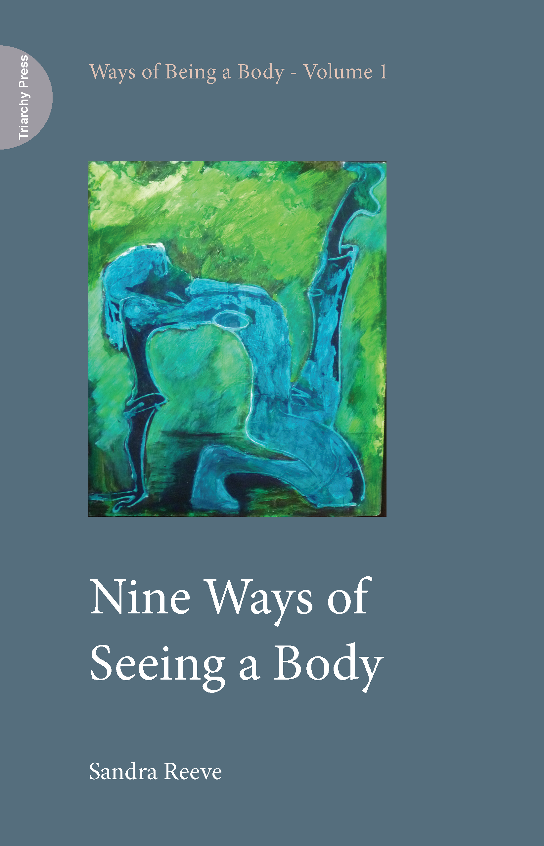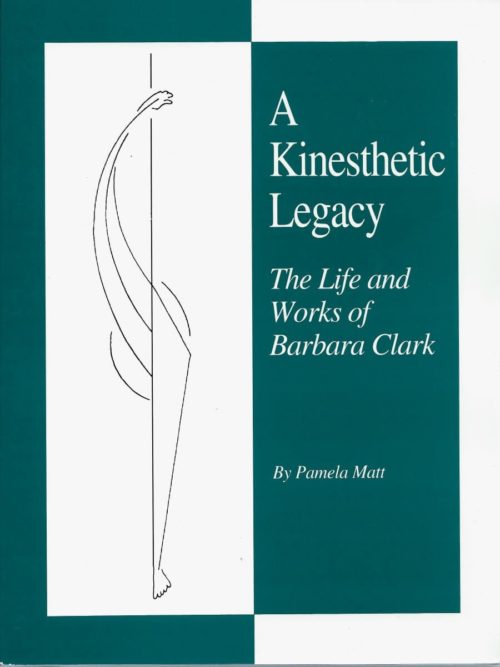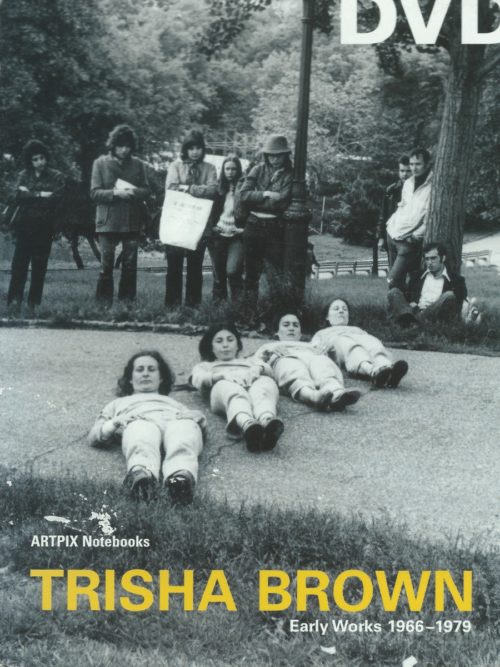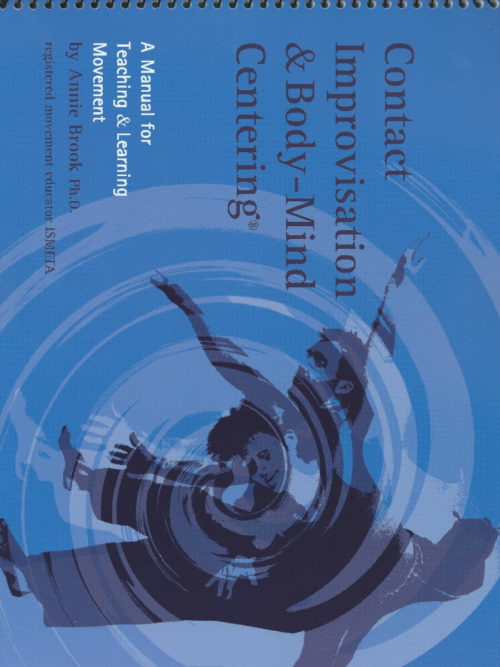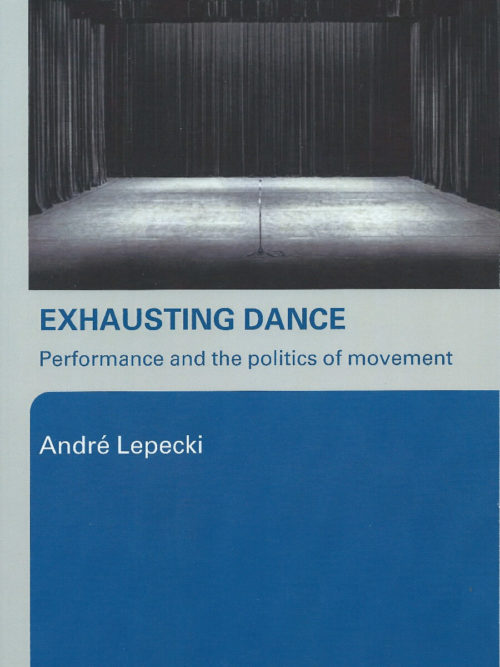RÉSUMÉ
This book presents nine lenses through which the body is conventionally viewed:
- The body as object (the Cartesian approach, linked to modern, Western individualism and as viewed by Western, allopathic medicine)
- The body as subject (with reference to physical theatre and the work of Peter Brook, Jerzy Grotowski and Eugenio Barba)
- The phenomenological body (the body holds its own meaning – the ‘lived’ body as discussed by Husserl and Merleau-Ponty)
- The somatic body (familiar to Feldenkrais, BMC and somatics practitioners and clients)
- The contextual body (paying attention to self-reflection and self-awareness in the context of the body’s surroundings)
- The interdependent body (introducing matching, guiding and kinetic mirroring in movement work)
- The environmental body (the Santiago theory of cognition; incorporated habits; the effect of moving in nature)
- The cultural body (an awareness of culturally specific, daily-life movement and Csordas’s view of embodiment)
- The ecological body (the author’s approach – drawing on Suprapto Suryodarmo’s Amerta Movement/Joged Amerta, on Buddhist mindfulness and on notions of ‘interbeing’. An awareness of being ‘among’ rather than ‘at the centre of’.
In movement terms, Sandra Reeve’s approach to the ecological body and ecological movement matches the approach of some of our other authors towards organisations, government and society (systems thinking, design thinking and ecological thinking). Designed to be a guide and stimulus for teachers, students and practitioners of dance, performance, movement, somatics and the arts therapies – this short book will also serve as an inter-disciplinary resource for other areas of study, where a brief recent historical view of approaches to the body can be useful.

